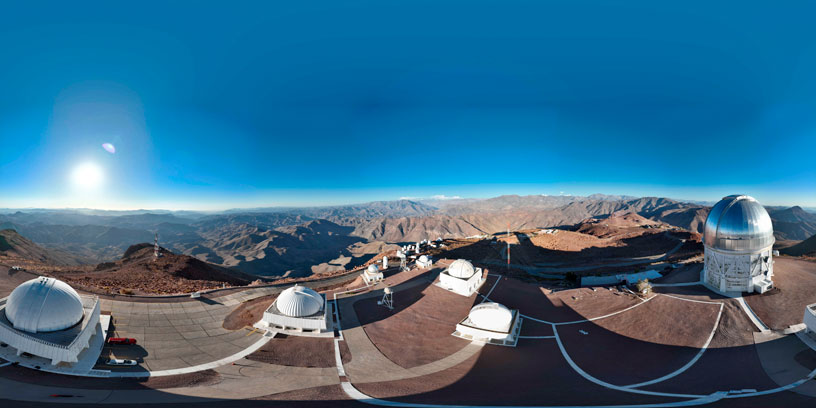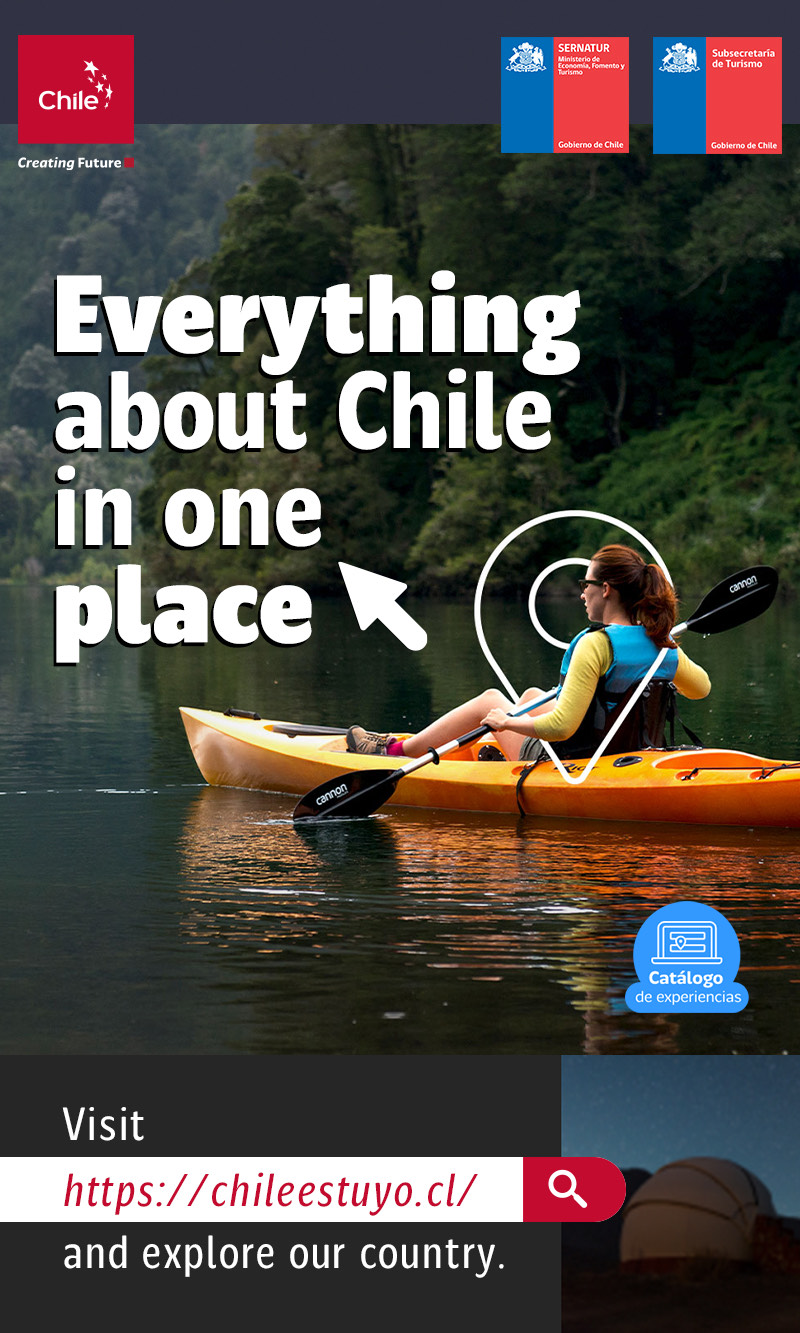
The Vera C. Rubin Observatory is one of the major projects that will allow Chile to concentrate more than 50% of the world's astronomical capacity by 2030. It will house the largest digital camera in the world.
Our country is known for having one of the best skies for astronomical research. The Pacific Ocean and the Andes Mountains mean that the northern skies have fewer clouds at high altitude, the atmosphere is not very turbulent and the climate is very dry.
Doing world-class astronomical science. That is the goal and legacy that Chile has been developing in more than 60 decades of exploration of the universe, which continues -year after year- to be renewed and strengthened. An example of this is that the first world-scale observatory installed in the country, Cerro Tololo, which began testing in the 1960s, was inaugurated in 1976, and is currently one of the observatories with the greatest impact in the world, measured by the number of scientific publications it generates.
Chile is currently a base for telescopes from more than 30 countries and is home to the "giant telescopes" that seek to completely change the way we study the universe. According to projections by the Chilean Astronomical Society(Sochias), our country will concentrate around 55% of the world's astronomical capacity by 2030.
Imagen de Chile visited three telescopes in the Coquimbo region with the foreign press to learn about their innovations and why Chile is at the forefront of astronomical exploration.
"Pristine skies" and social, political and economic conditions.
Our country is known for having one of the best skies for astronomical research. The Pacific Ocean and the Andes Mountains mean that the northern skies have fewer clouds at high altitude, the atmosphere is not very turbulent and the climate is very dry.
"These are the natural conditions that Chile has, its pristine skies, its crystalline atmosphere, but above all its social, political and economic conditions that have been granted transversally by all its governments and by the Chilean population. These are very favorable and very stable conditions over time, which make these large investments made by countries in the northern hemisphere continue to be made in our country, with a very long-term view, because we are certain that Chile will continue to provide these conditions in the future," says Alejandra Voigt, director of AURA, the consortium that builds and manages world-class ground-based optical telescope facilities for the U.S. National Science Foundation (NSF).
The "Ferrari of telescopes".
AURA manages, among others, the Vera C. Rubin Observatory, located on Cerro Pachón, which will begin operations in 2025. Dubbed the "Ferrari of telescopes", Vera Rubin will have the largest digital camera ever built for astronomy: it weighs almost 2,800 kilograms and will have 3,200 megapixels. By way of comparison, the Cerro Tololo camera is 520 megapixels.
Thus, with an 8.4-meter mirror, Vera Rubin will create an exceptionally wide field of view, and will allow mapping the entire sky every 3-4 nights to detect changes. It will be possible to capture the entire visible sky, equivalent to an area of 40 full moons in a single image.
"It is an observatory that has no competition in the whole world, it is unique, it has a great mission for science: to understand how the universe works in a dynamic system, because the universe moves. The other telescopes can take pictures of a patch of sky. With Rubin they will take pictures of the whole sky every 3 days and with those images it's like having a movie of the universe, and with that we can understand how the universe works," says Stuartt Corder, AURA's chief scientist in Chile and deputy director of NOIRLab, AURA's center that manages its ground-based optical infrared telescopes. "It's the fastest and most stable telescope in the world," he adds. And it's in Chile.






